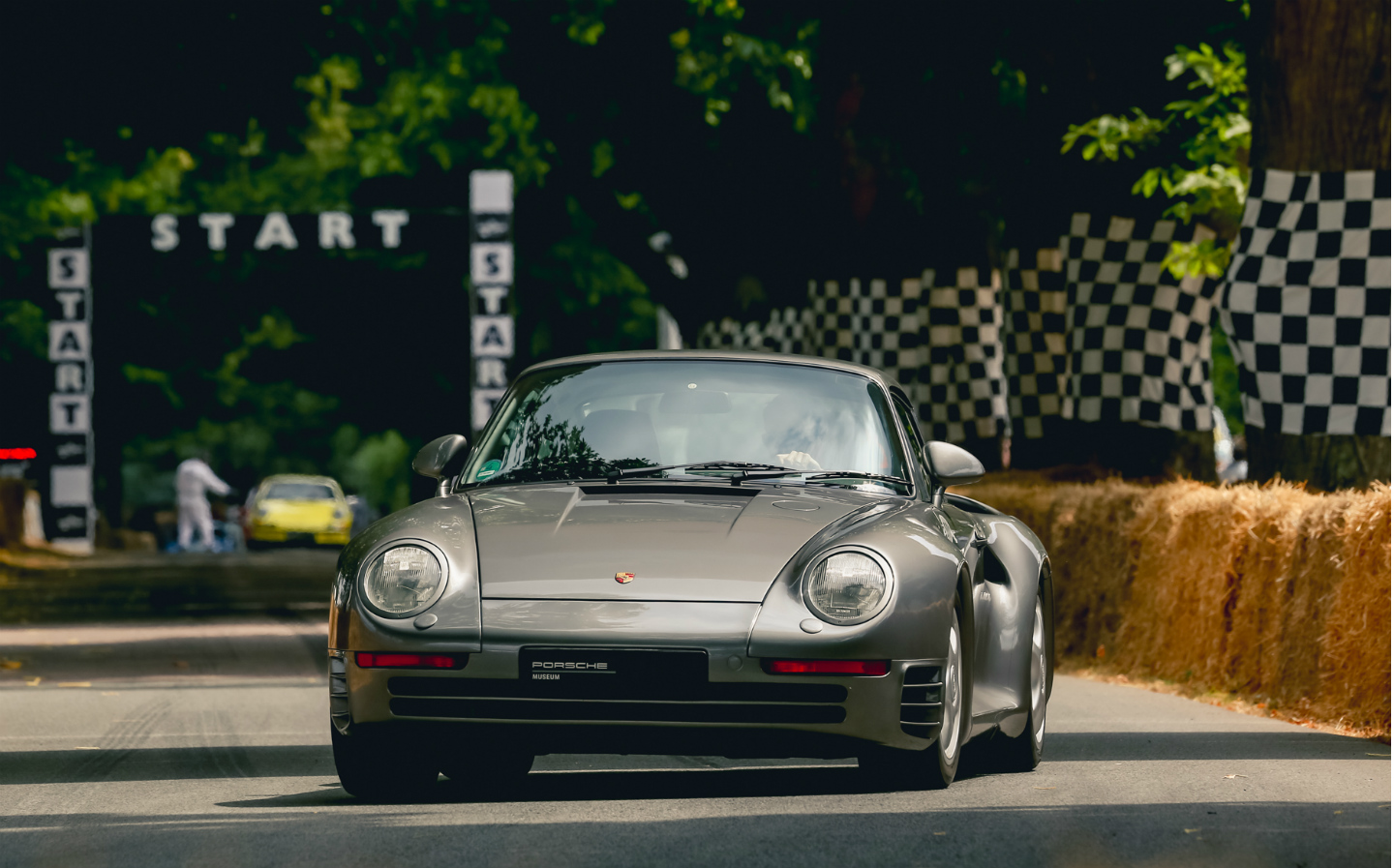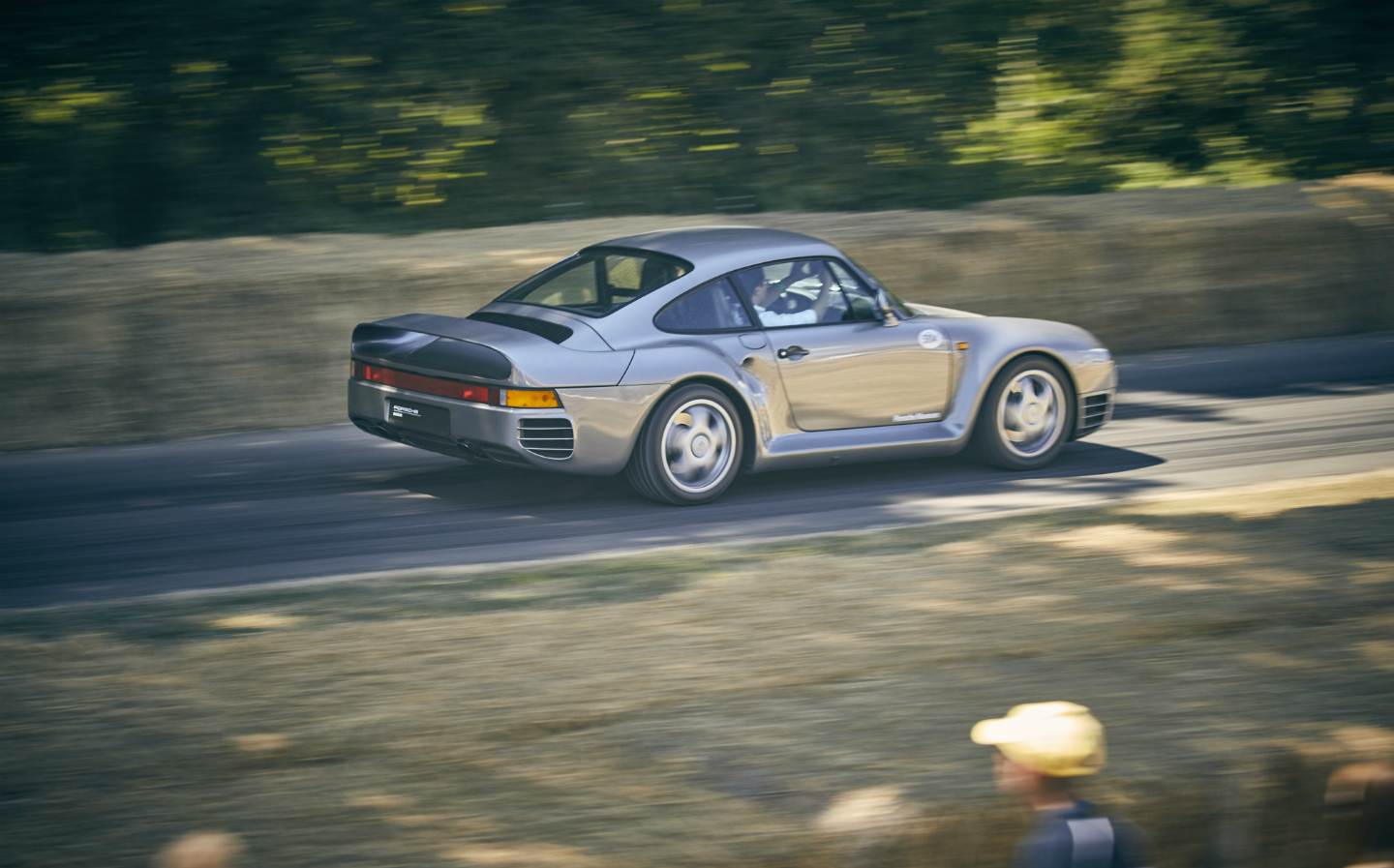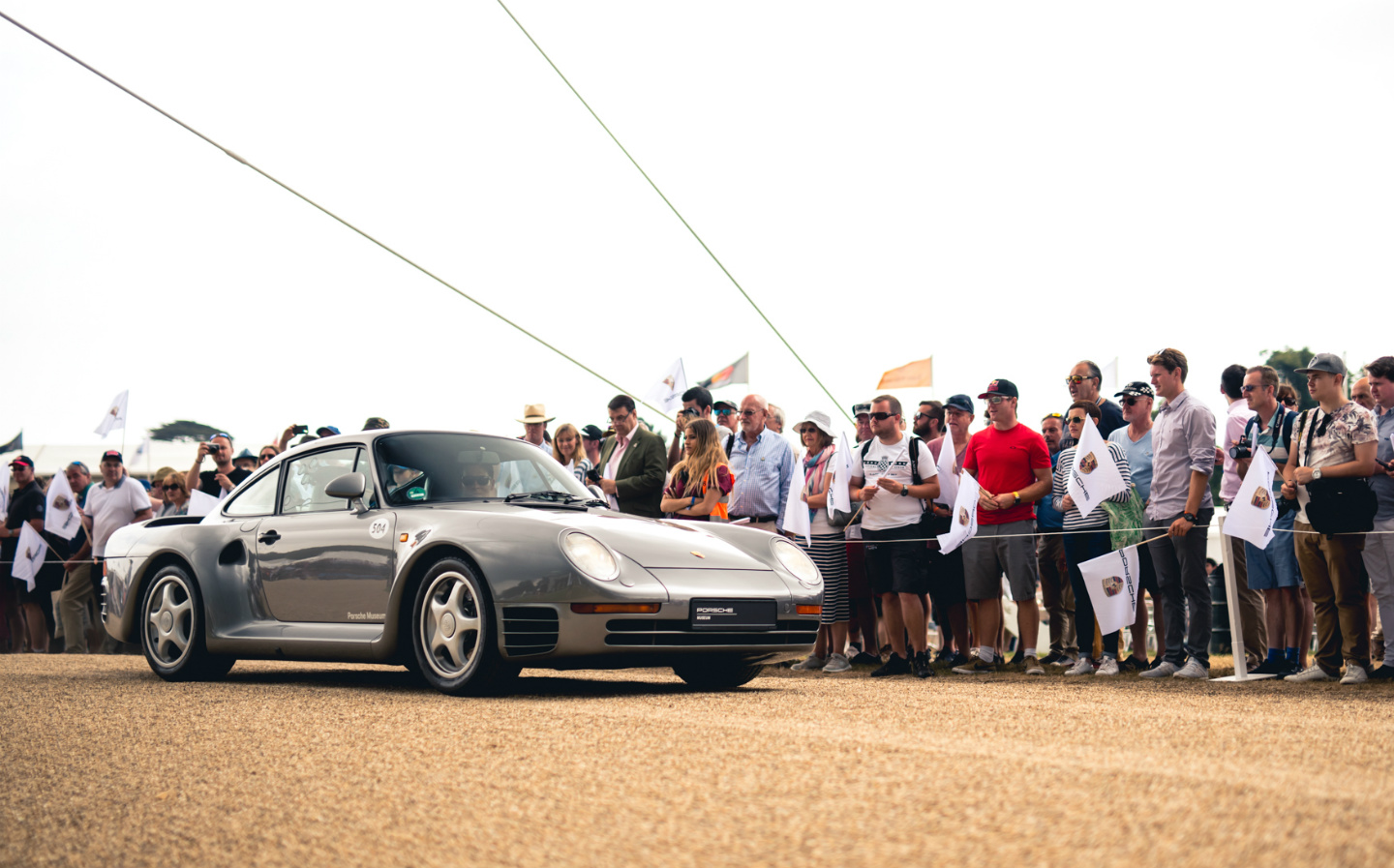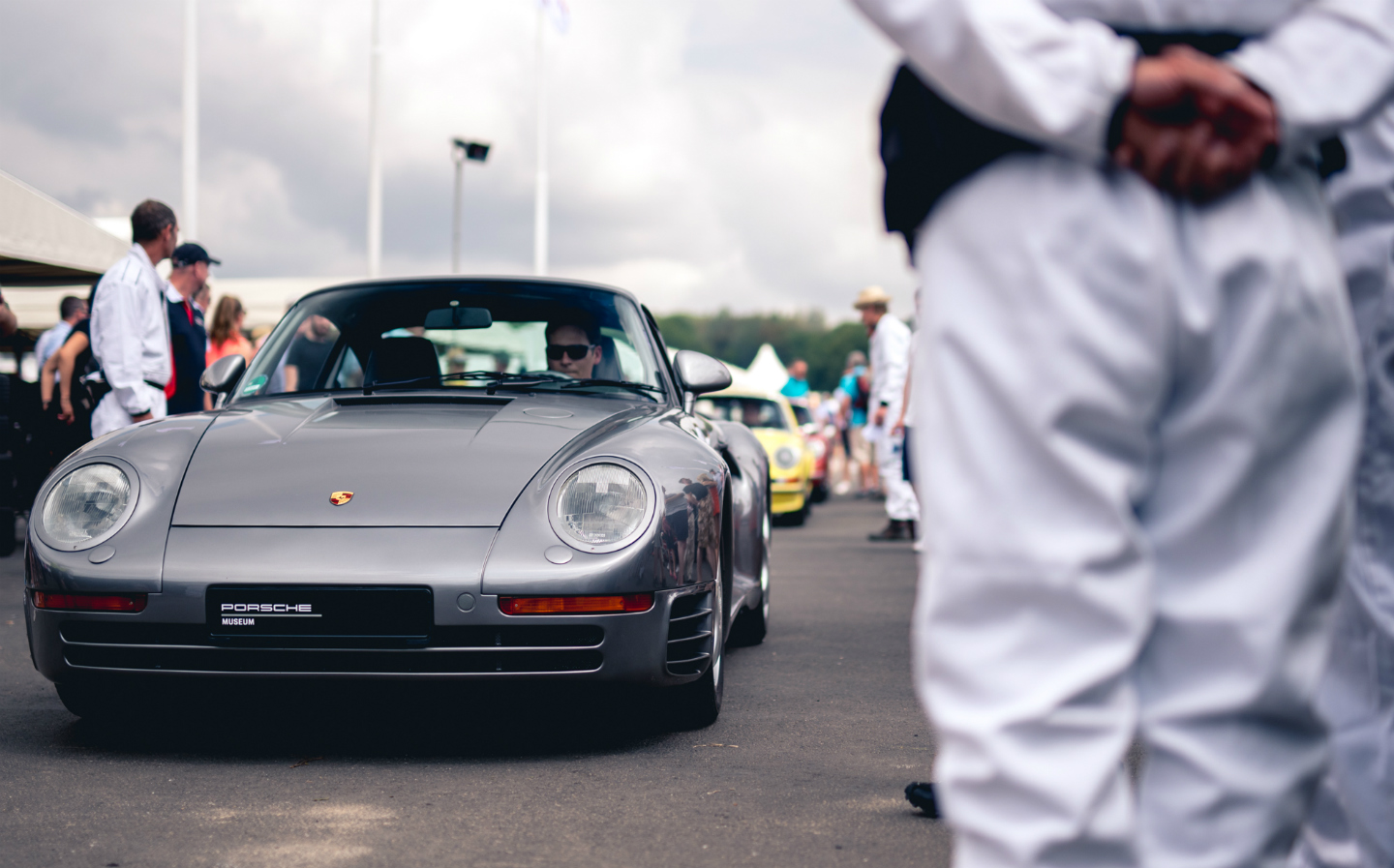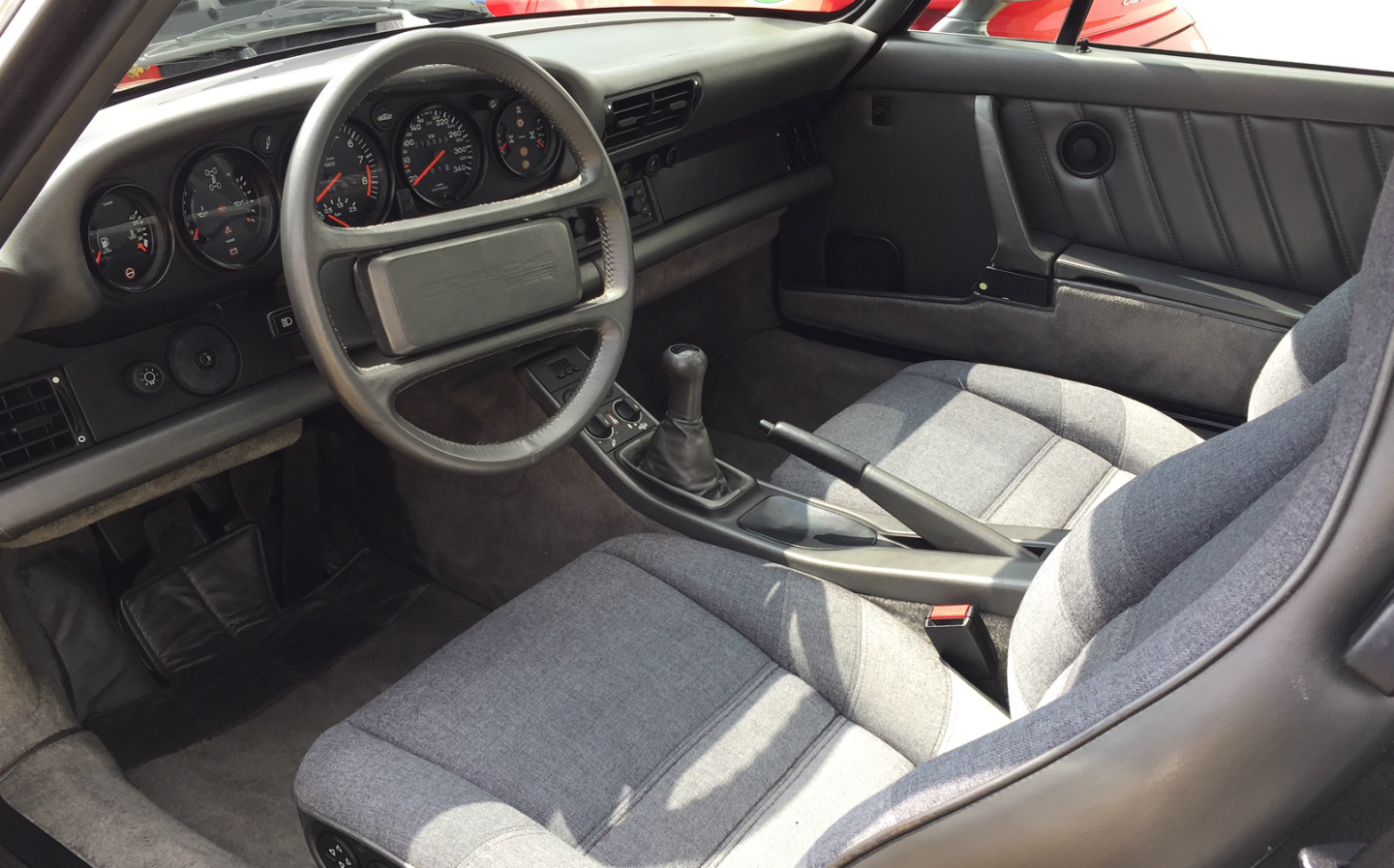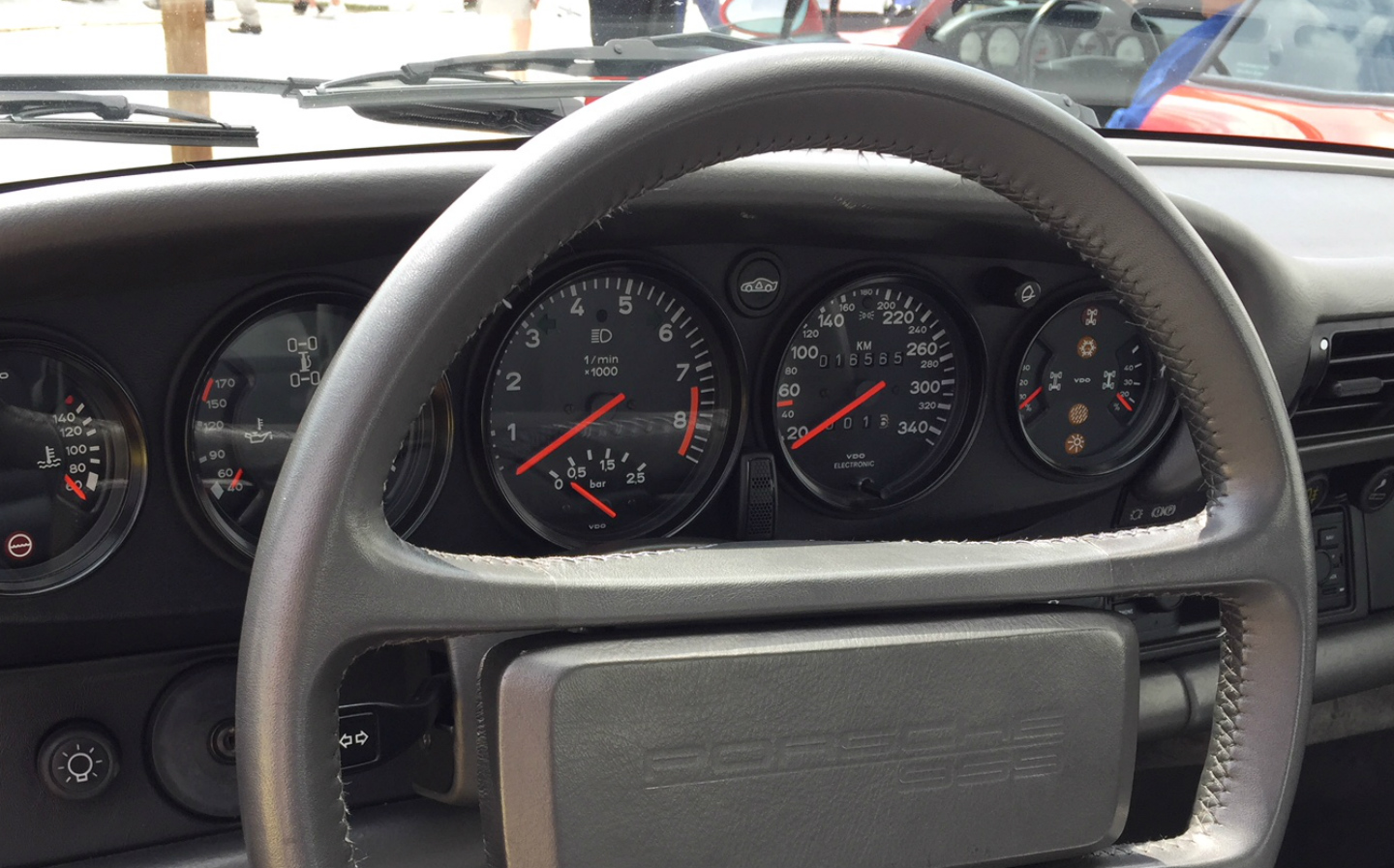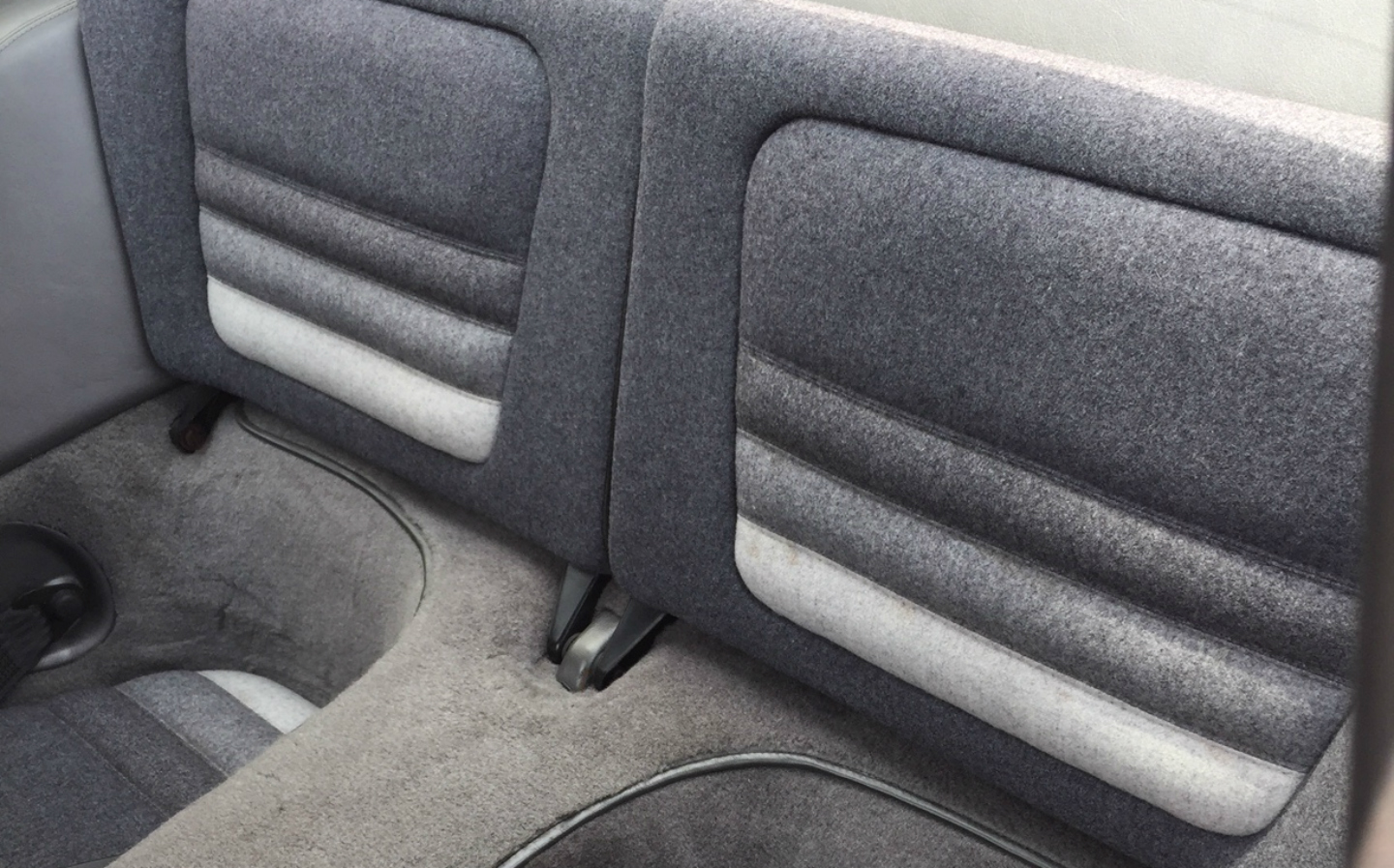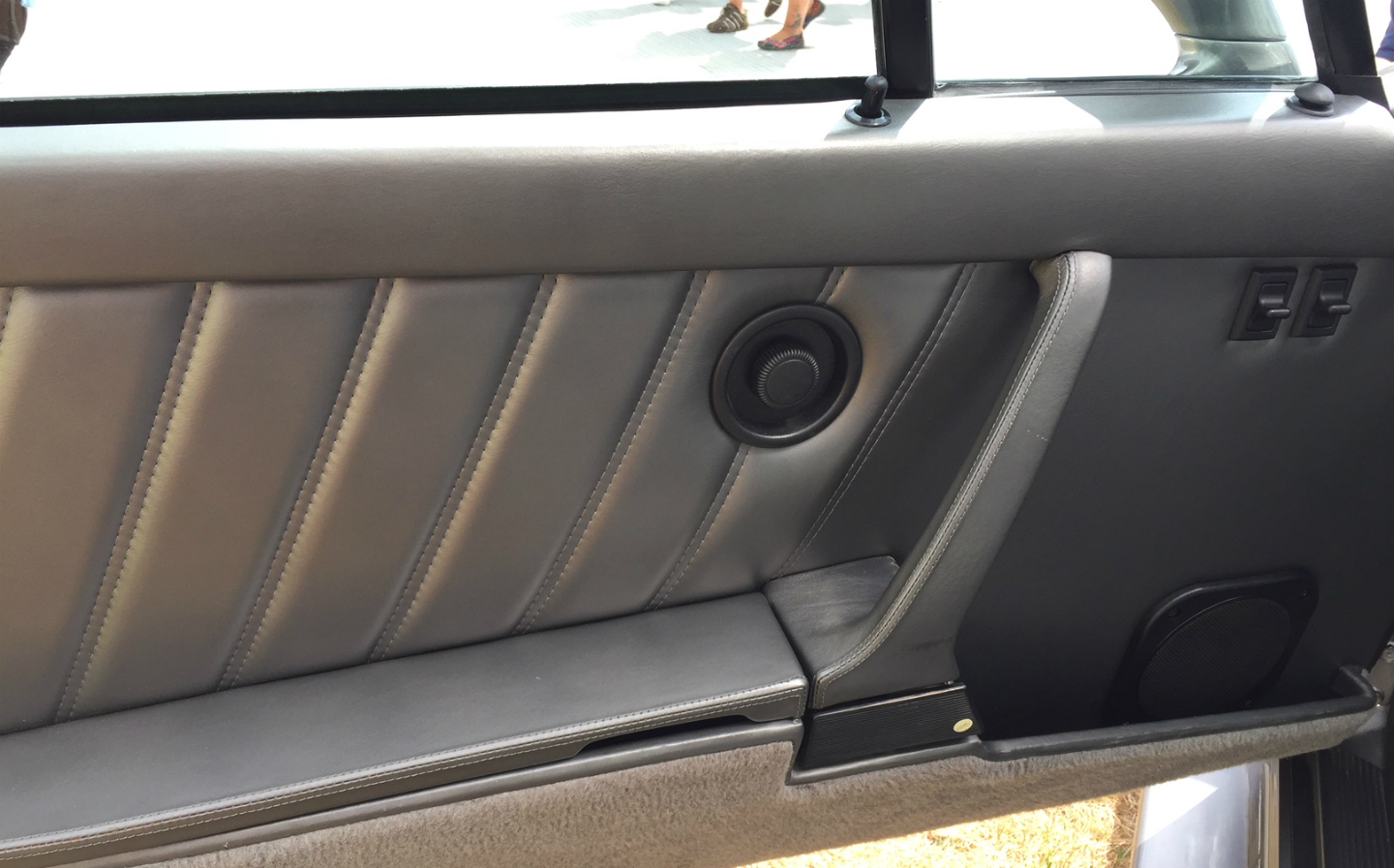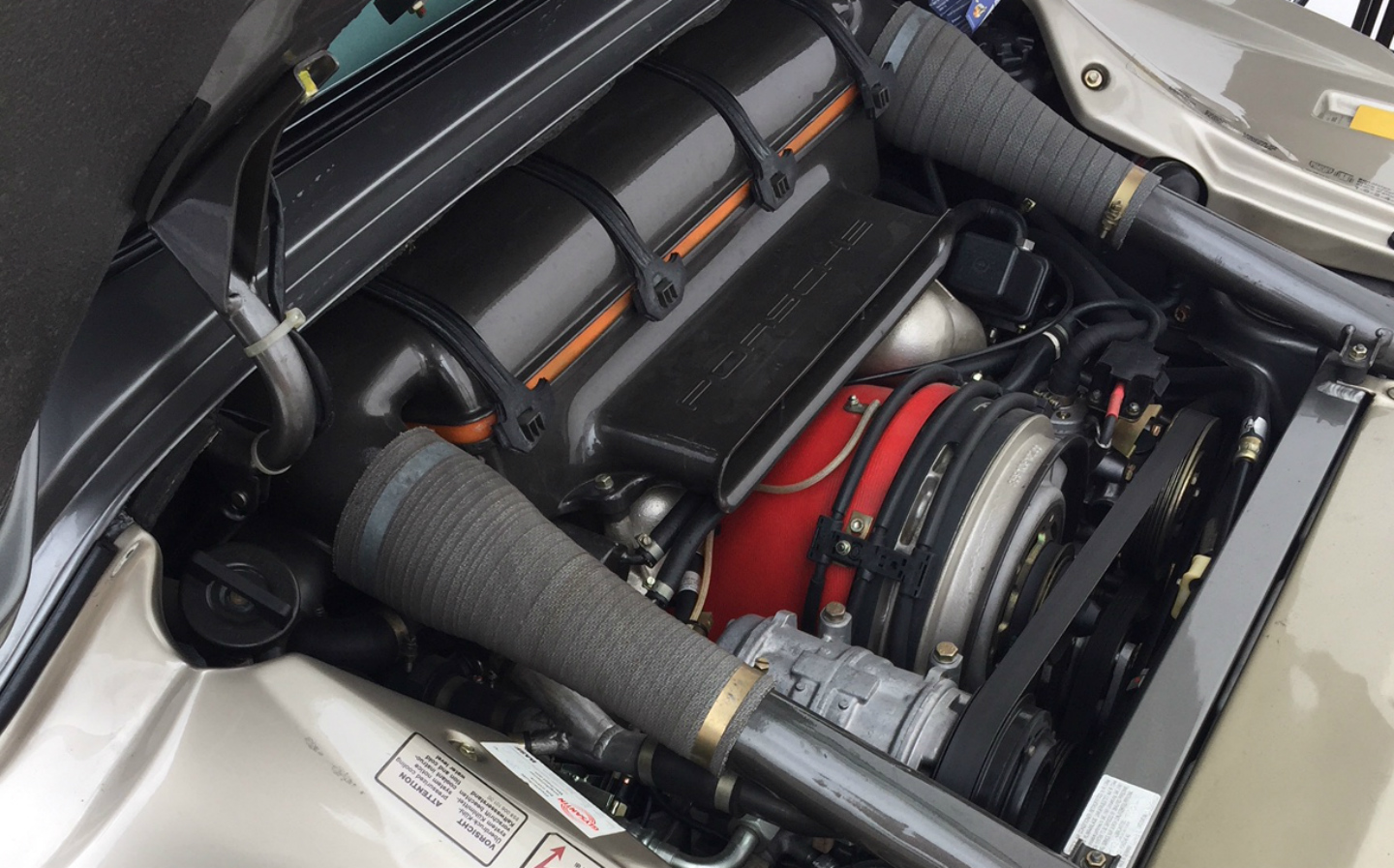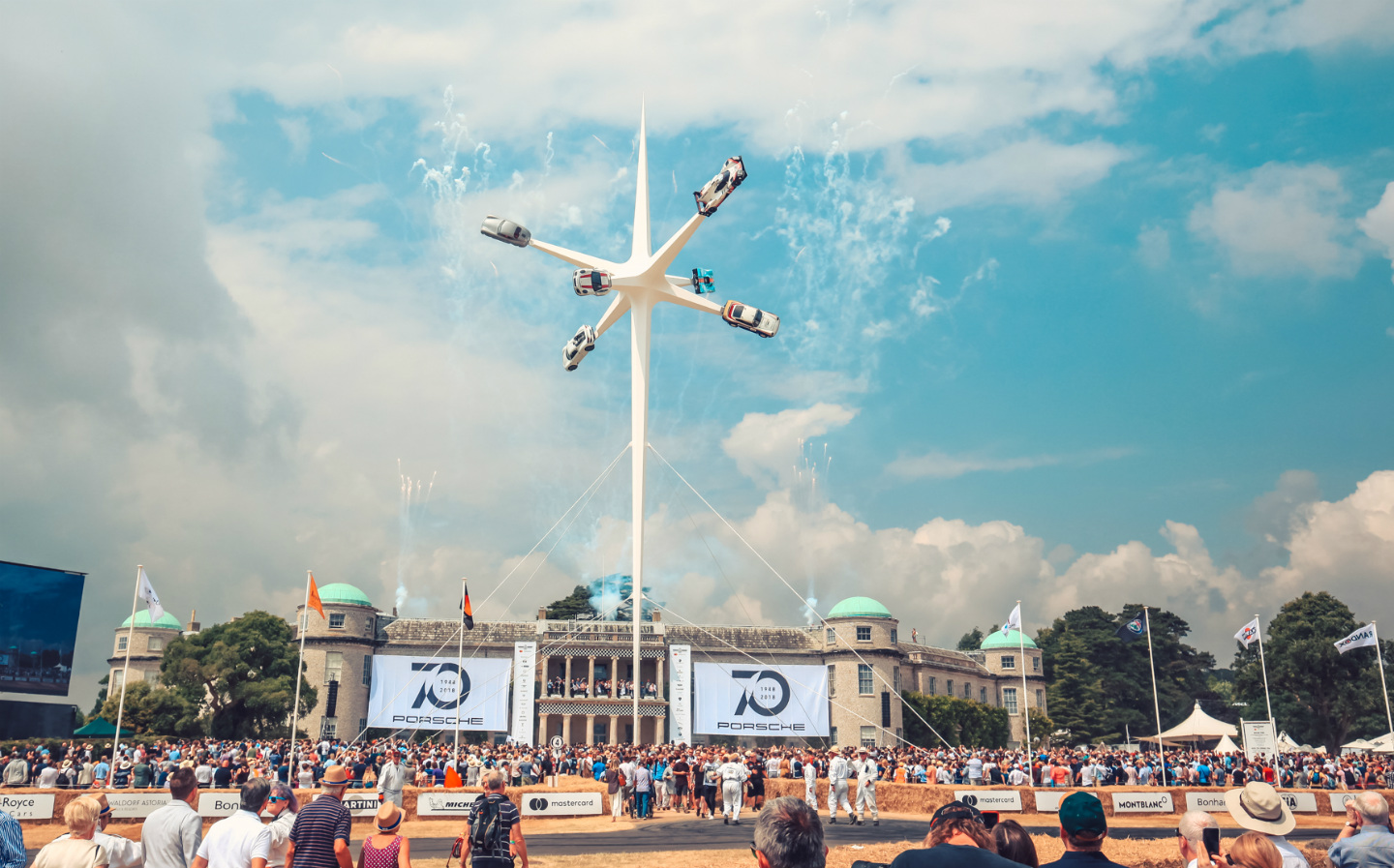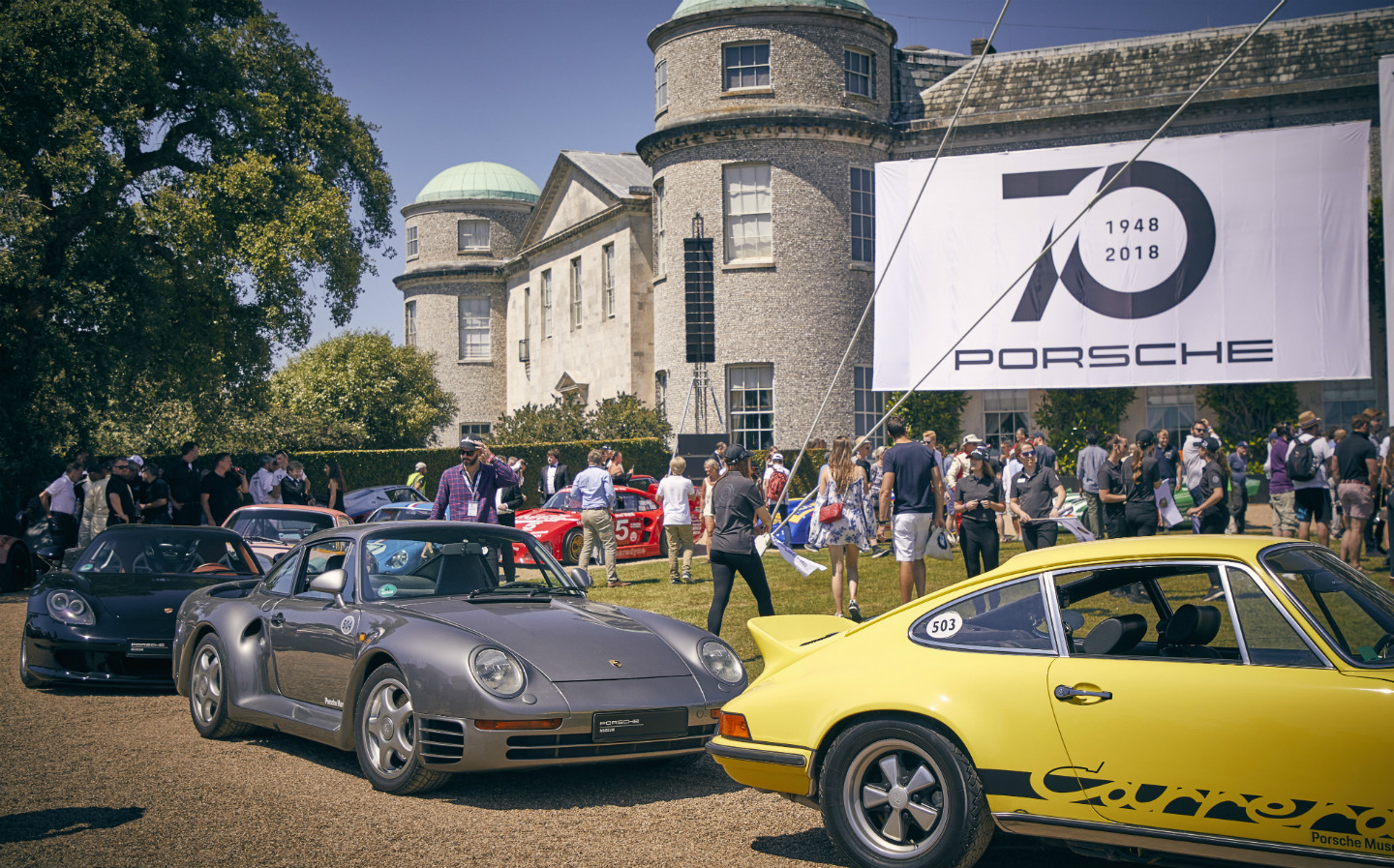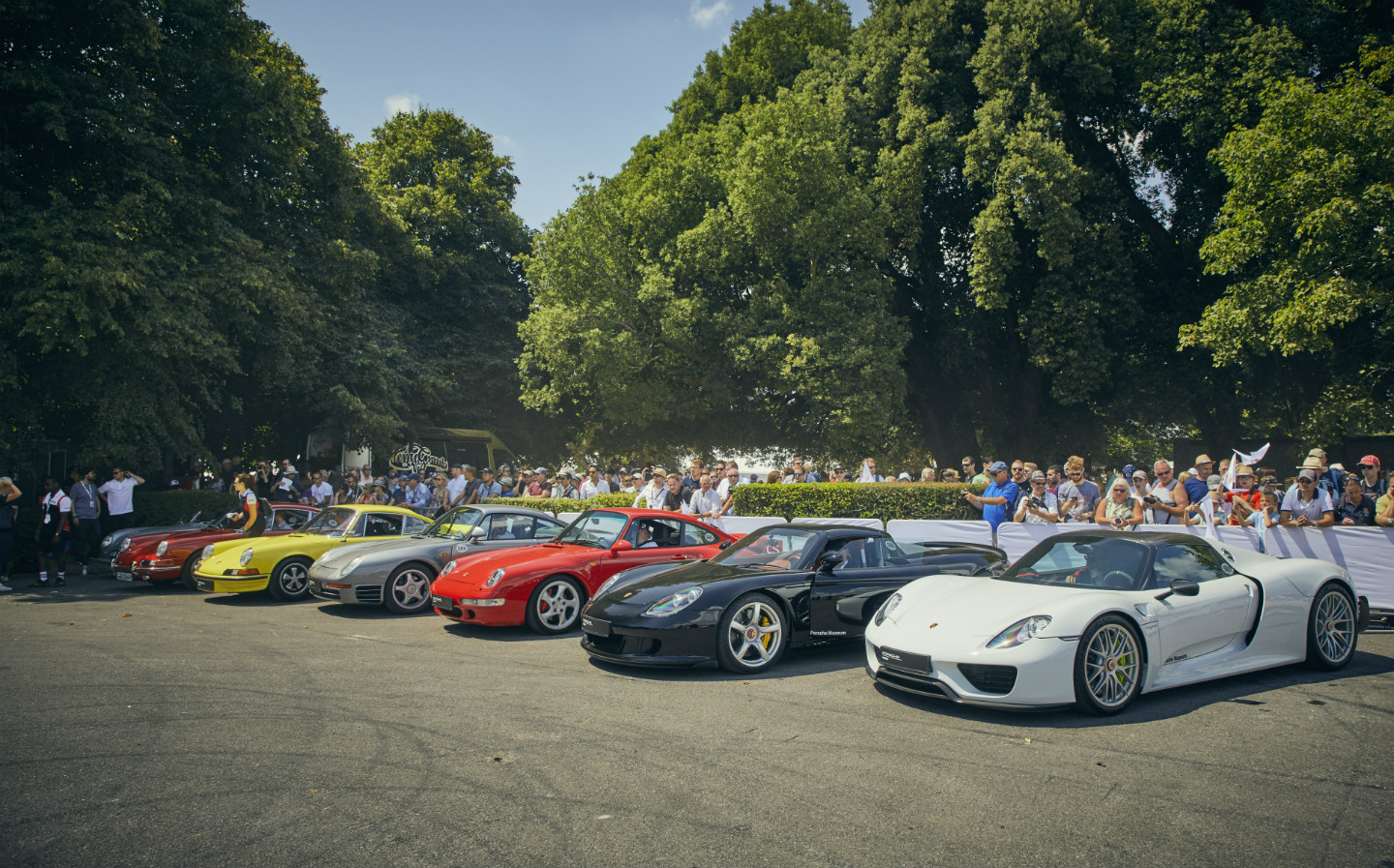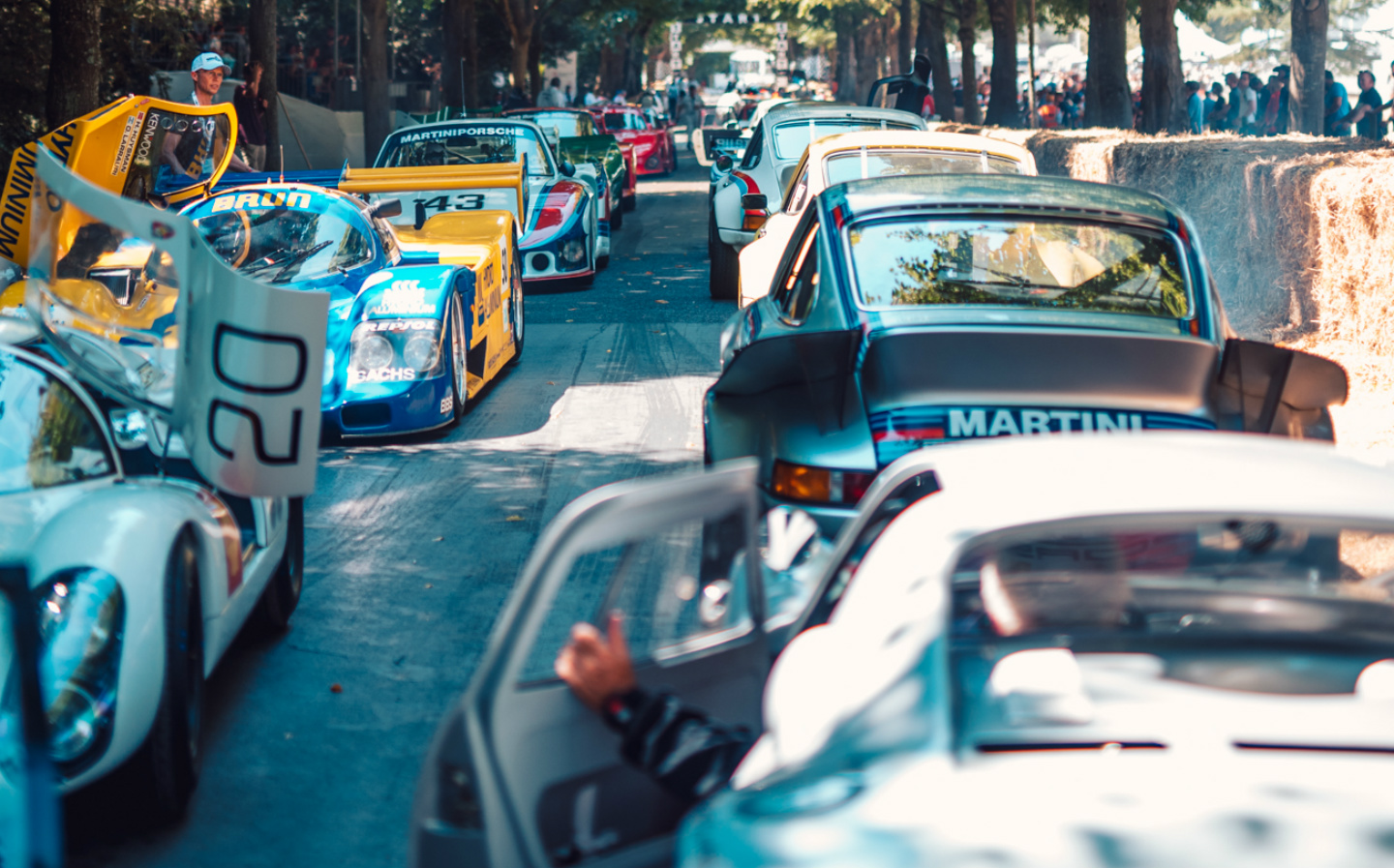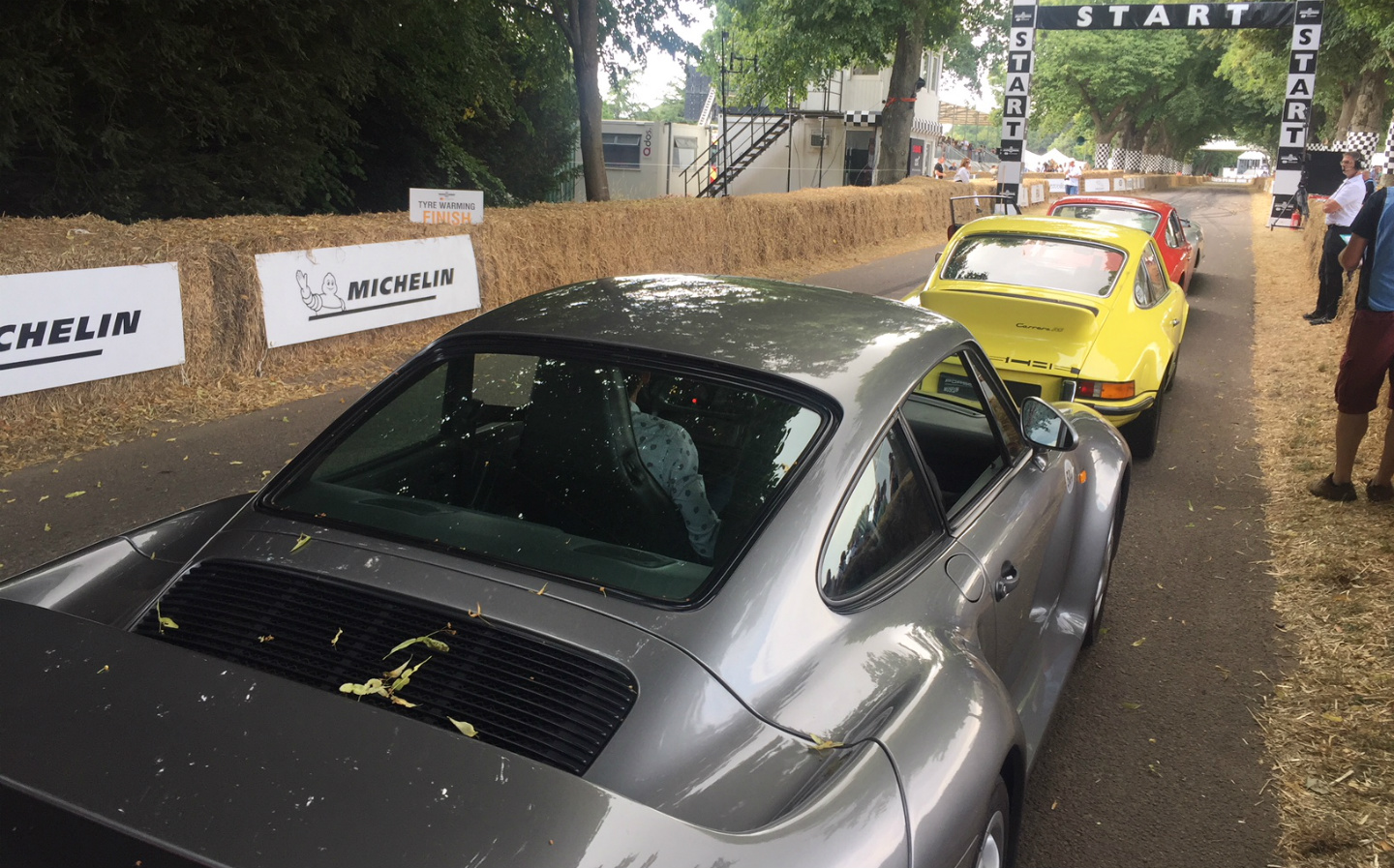Driving the Porsche 959: how the ultimate 80s status symbol feels today
Flat-out in the fastest supercar of its era
IN THE early 1980s, there wasn’t much for adventurous little boys and girls to do. You could go down to the woods on your BMX and pretend you were Tinker Juarez – one of the earliest ramp champs in America – before wiping out and waking up in hospital. Or you could get your kicks without breaking bones, playing Space Invaders or Donkey Kong.
Most of us, generally after learning the hard way, opted for the latter. And so began a fascination for technology.
It crept into all areas of life. From the drinks we’d enjoy — Soda Stream, ‘Get busy with the fizzy’ — to the way we’d listen to music on the move — the Sony Walkman — everything seemed new and exciting to boys and girls who’d, only a few years previously, been restricted to an entertainment diet consisting of The Beano comic and tin cans attached by a piece of string.
At the 1983 Frankfurt motor show, Porsche introduced the first supercar of the computer age
Cars were pretty primitive still, too. People would get excited about owning a second car like the Austin Metro — a car that would fold up like discarded chip wrapper in an accident — or asking their dad to play Don’t Stand So Close To Me over and over on the cassette player of the family’s Ford Cortina.
After the 1983 Frankfurt motor show, everything would change. Porsche introduced the first supercar of the computer age, and in bedrooms and offices the world over, car-obsessed kids and yuppies found a spot on their walls for a poster of the 200mph spaceship from Porsche.
Called the Gruppe B, or Group B, it was a concept for the most advanced and fastest Porsche yet. It would take two more years for the production version to be shown, and a further year of teething troubles to be ironed out, but when the 959 made its debut at the ’85 Frankfurt motor show, it was proclaimed king of the road.
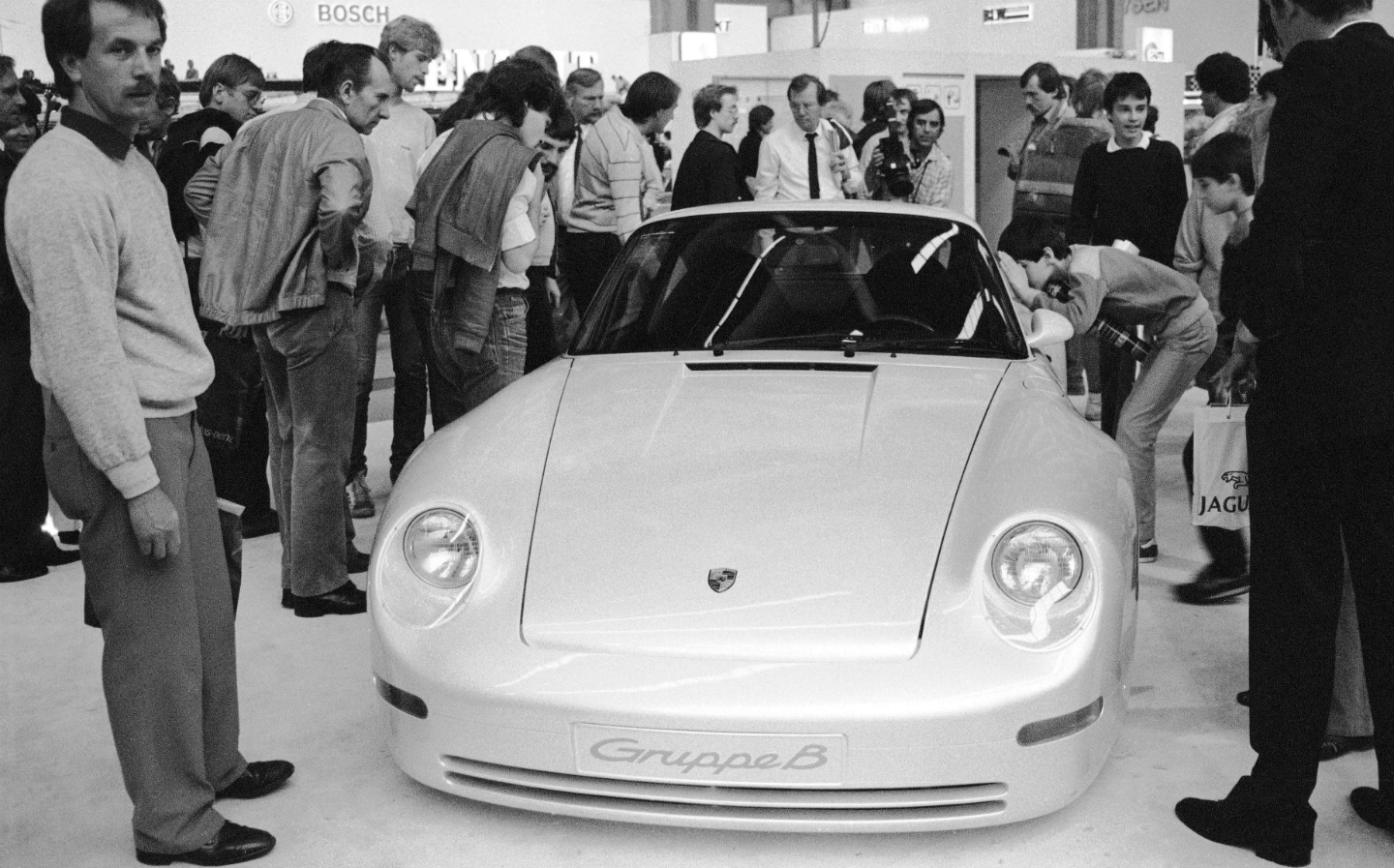
Like the Ferrari F40, introduced in ’87, it had been conceived to compete in the Group B motor sport class. But unlike the Ferrari, Porsche sought to create a 200mph autobahn stormer that wealthy bankers could commute in, rather than a wild machine that was at its happiest when let off the leash around a race track.
It was three times the price of a contemporary 911 Turbo, or nearly £150,000 in the UK — more than £430,000 in today’s prices.
Two versions were offered, Komfort at launch and later Sport, and at the time Porsche said it would only make 200. In fact, the millionaires went wild for the six-figure status symbol. When production ended, 292 people were the original owner of a 959. (Although the factory built another six, in 1992.)
Such was the expense of the research and development that went into the ground-breaking supercar that the then small German car company is said to have lost around £200,000 on every model. It had already entered into contracts with customers, so was forced to take the loss on the chin.
That can be attributed to the car’s technology. It was armed with computer-controlled suspension with adjustable ride height, an active four-wheel drive system, run-flat tyres with an air pressure monitoring system, anti-lock brakes, magnesium wheels, sequential turbocharging and a six-speed manual gearbox — just some of the highlights.
It’s what attracted the likes of Bill Gates to buy a 959. The founder of Microsoft reportedly bought one and spent the next 13 years campaigning to have US customs laws changed so his car — which wasn’t homologated for sale in the US — could be released from storage and used, under “show and display” rules.
Car fans of a certain age jostle for position and usher their children in for a closer view
Today, a 959 would cost a collector more than a million pounds. So it was a pinch-yourself moment when Alexander Klein, Porsche’s head of historic vehicle management, handed over the keys to the 959, at the 2018 Goodwood Festival of Speed, with the simple instruction of, “Enjoy yourself.”
You know what a remarkable car the 959 is even before you’ve settled inside and cranked the flat-six cylinder engine to life.
Crowds are gathered around it in Goodwood’s paddock, as car fans of a certain age jostle for position and usher their children in for a closer view. They lean in and tell them how it was the dream car of their childhood, and ask strangers to take their photo next to the streamlined silver machine. It’s touching to see.
Squint closely and you can just make out the join where the roof meets the bodywork, beneath the silver paint. The cars were hand-assembled under contract, by Baur, down the road from Zuffenhausen factory.
The aluminium, aramid and Kevlar, bodywork is clearly shaped by a windtunnel. It is both slippery (with a drag coefficient of 0.31) and ensures there is no lift at the top speed of 195mph.
Of more interest is seeing how well it has aged. Contemporaries, the Lamborghini Countach and Ferrari F40, look of their time but the 959 could almost pass muster as a modern model in a Porsche showroom today.
Climbing inside, though, is like taking a step back to the 1980s, albeit without resorting to anything as distasteful as neon shell suits. The striped cloth seats (a no-cost option, in place of leather), period-correct four-spoke steering wheel, complete with ‘Porsche 959’ script, and various switches and instruments are pre-digital age. It’s even got the two little baby bucket seats in the back.
The dashboard is dominated by the saucer-sized centrally-set rev counter, and twisting the key in the ignition to the left of the steering column brings the 2.8-litre flat-six cylinder motor to life.
It’s a bit sleepy at first. Once the idle settles, it also feels slower to rev than a current Porsche motor.
The floor-hinged clutch pedal doesn’t bite until the top of its travel and I’m unsure whether to engage first gear or ‘G’ — the gellander gear that’s ultra-short for off-roading.
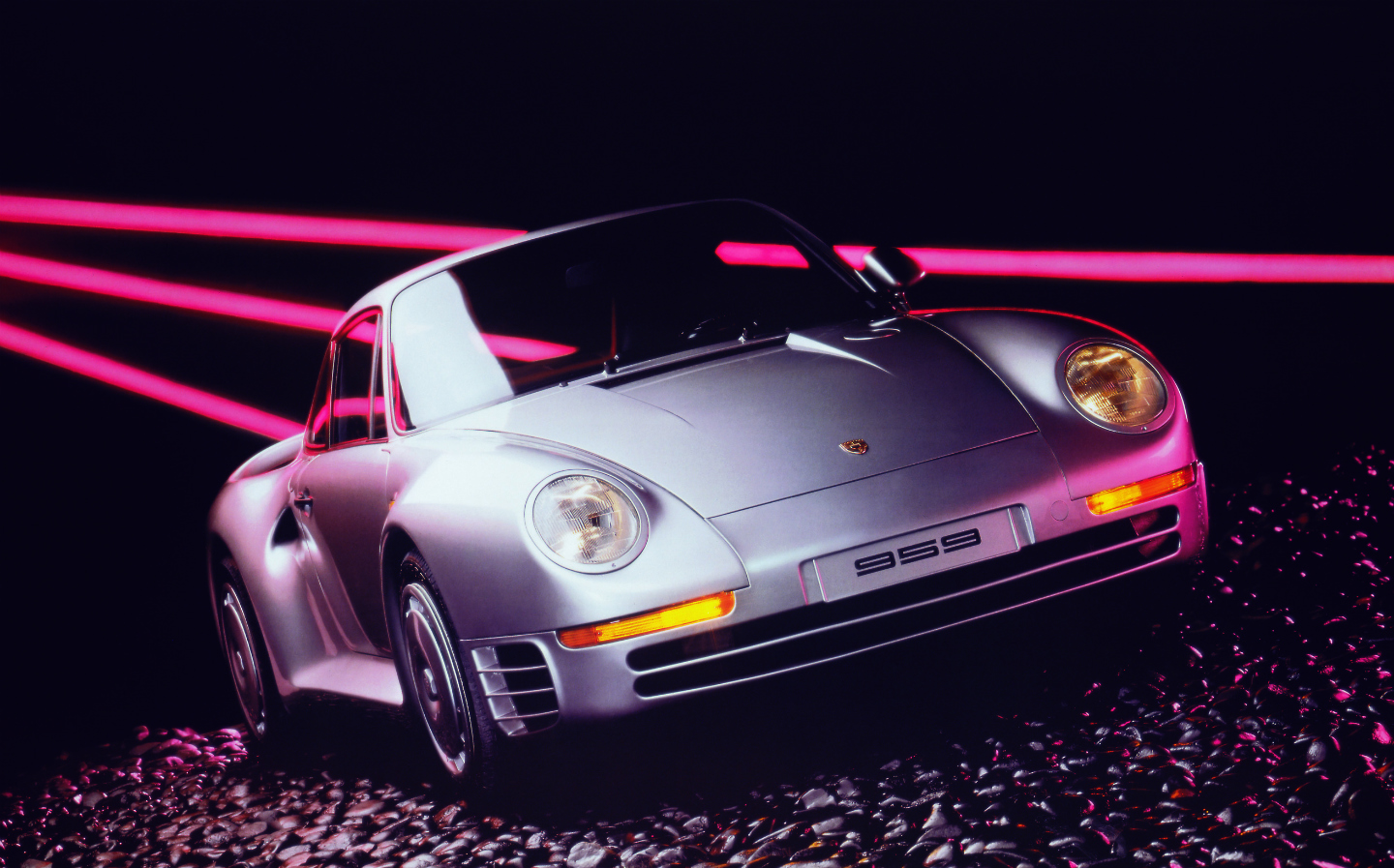
In the end it’s first gear, a bit of clutch slip and plenty of revs. Camera phones shoot away all around, and after a blur of activity, Porsche’s display of 70 years of sports car history — including the 959 — forms up at the Festival of Speed’s startline.
When my turn comes, there’s no point holding back. I reason the crowd have come to see and hear exotic cars in action, so it’s the full-beans and every one of its 444bhp, all the way.
First gear is ever so tall, and the sequential turbos feel half-asleep by today’s standards. But the engine note is wonderfully familiar and by the time the second turbo kicks in, at about 5,000rpm, the 30-year old car is belting along and the motor punches toward the rev limit of 7,800rpm, accompanied by a vocal wail.
Second gear sees the process repeated. The 959’s probably only as fast as a new Porsche 911 Carrera S but feels faster because the 1,450kg body isn’t as well tied down — heightening the sense that you need to keep your wits about you to avoid a visit to Goodwood’s notoriously unforgiving straw bales.
Sure enough, the anti-lock braking system still works. This is good news, as the bumps on the way into Molecomb corner have caught out many a man and machine on the 1.1-mile course, as the wheels momentarily leave the ground just as you need to be scrubbing off speed.
The car doesn’t break a sweat. Significantly, neither does its driver
It feels stable through the turns, with lots of feedback through the steering and a nose-led stance that balances out as you power out of the bend. Porsche’s engineers were pleased with themselves that the car’s system could send up to 80% of power to the back wheels — a novelty in the ‘80s.
It also feels small and surprisingly agile. Although, with no stability control, who knows what would happen if the driver made a pig’s ear of a corner and found themselves having to lift-off the accelerator in the middle of a high-speed section…
Thankfully, there are no such dramas today. The brakes feel strong, the gearbox isn’t difficult to navigate, so there should be little danger of blowing up the engine, and the shove in third gear at the top of the hillclimb leaves you imagining what it would be like to keep grabbing gear after gear on an autobahn, until the magic 195mph loomed into view.
There’s also that familiar feeling you get from a Porsche that it would be happy being driven in such a fashion day in, day out. So I take another two runs up the hill, pushing a little harder each time. The car doesn’t break a sweat. Significantly, neither does its driver.
That’s core to the 959’s appeal. It uses technology to allow any driver to get in and drive, comfortably, at speeds of up to almost 200mph. Assuming, that is, they could afford it in the first place.
It’s a philosophy that has served the German sports car maker well in the 30-odd years since.


